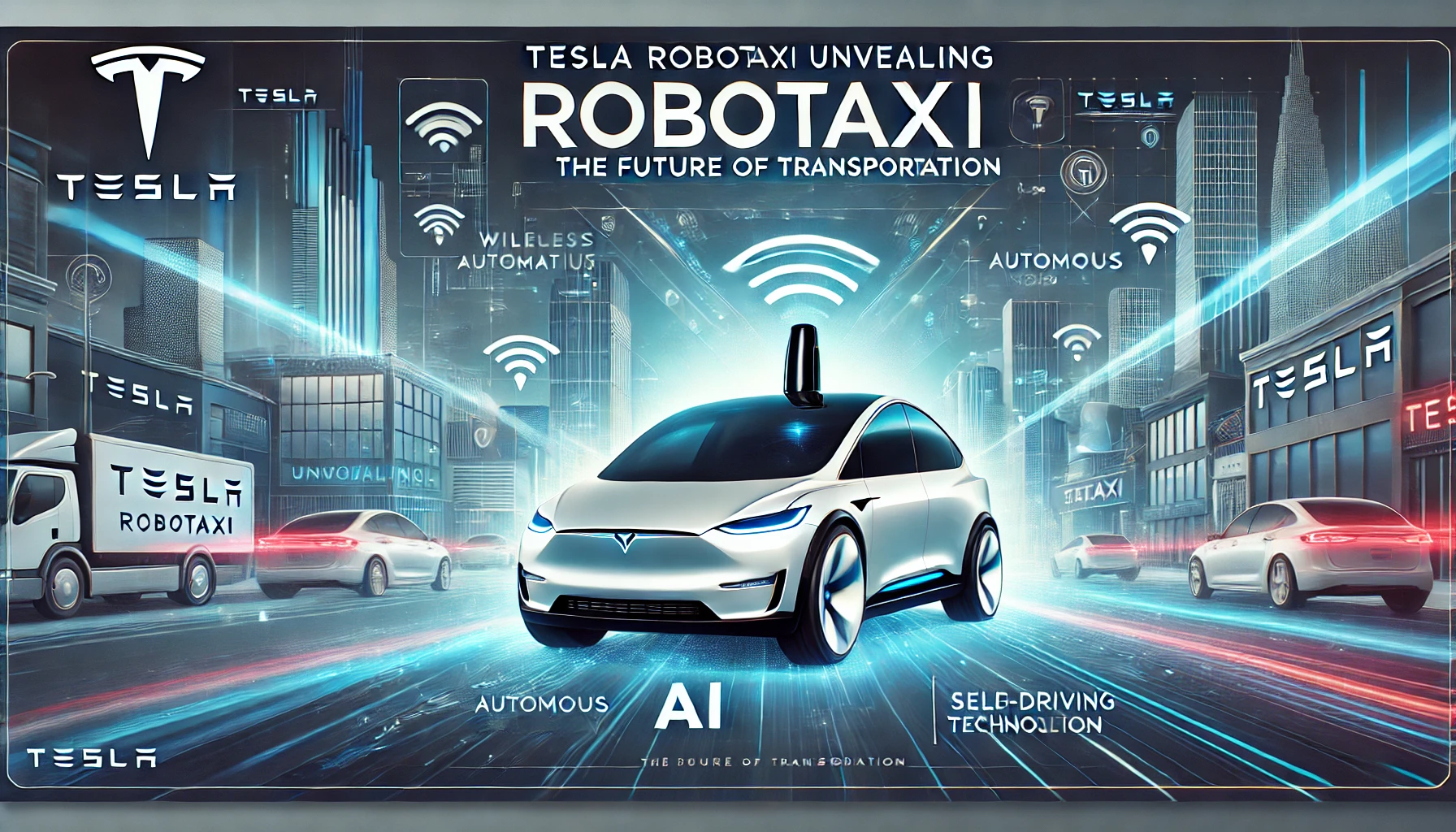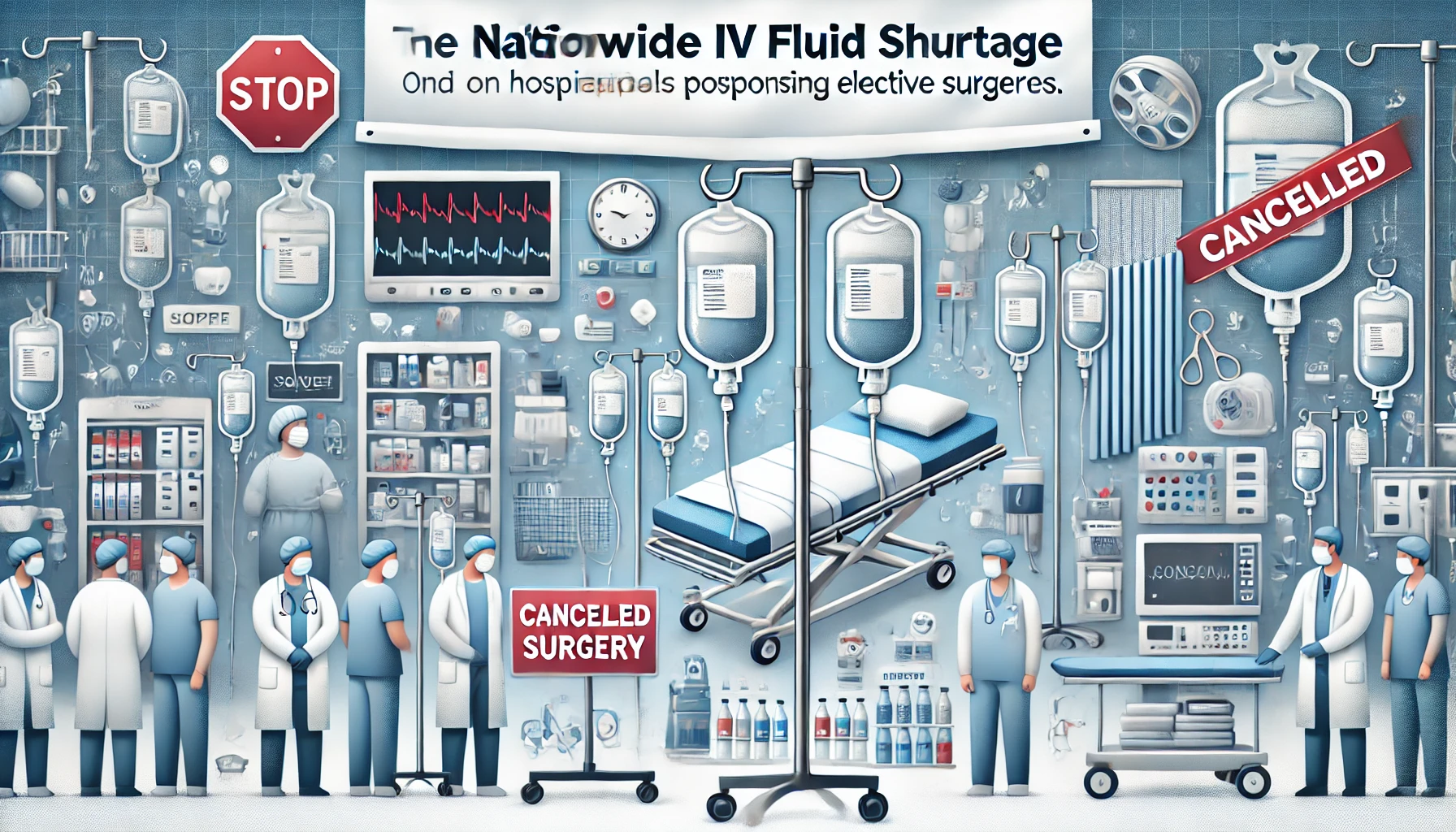Tesla Robotaxi Unveiling: What to Expect from Elon Musk’s Latest Self-Driving Innovation
Tesla has always been at the forefront of cutting-edge technology, and now, Elon Musk is about to introduce the next revolutionary step in transportation: the Tesla Robotaxi. Set to be unveiled at the much-anticipated Tesla AI Day 2024, this autonomous vehicle is poised to redefine how we think about taxis, ride-sharing, and autonomous driving. With excitement building around the event, many are eager to learn more about how this Tesla self-driving taxi could change our daily commutes and the future of the auto industry.
In this comprehensive guide, we’ll explore what makes the Tesla Robotaxi event so significant, dive into the technology behind it, and examine the broader implications for Tesla’s autonomous vehicle program.
Tesla Robotaxi: The Future of Autonomous Driving
The Tesla Robotaxi is expected to be a fully autonomous vehicle designed to operate without a human driver, unlike current ride-sharing services like Uber or Lyft. Musk has been vocal about his ambitions to build a Robotaxi network where Tesla owners could send their cars out as self-driving taxis when they’re not using them. The Tesla Robotaxi event marks the beginning of this ambitious vision.
How Does Tesla’s Autonomous Driving Technology Work?
At the core of the Tesla Robotaxi lies Tesla’s proprietary Full Self-Driving (FSD) software, which uses a combination of neural networks, cameras, and radar to navigate roads, detect obstacles, and avoid collisions. While Tesla’s current vehicles already offer some level of automation, the Tesla self-driving taxi is expected to feature an advanced version of the FSD that can handle complex driving scenarios with little to no human intervention.
Autonomous Robotaxi technology relies heavily on machine learning algorithms that allow the car to learn from its surroundings. Every mile driven by Tesla vehicles equipped with FSD contributes to the ever-growing dataset that helps the cars make better decisions on the road. This data-driven approach is what gives Tesla autonomous vehicles a competitive edge over other self-driving cars.
Key Features of the Tesla Robotaxi
The Tesla Robotaxi isn’t just about autonomous driving—it’s about transforming how we approach mobility. Here are some of the key features to look forward to:
- Full Autonomy: Unlike current ride-sharing options, the Tesla Robotaxi will be completely driverless. Tesla’s FSD software will handle all aspects of driving, from navigating complex city streets to parking.
- Affordability: One of Musk’s bold claims is that a ride in a Tesla Robotaxi could cost less than a traditional Uber or Lyft, making it an attractive option for both urban commuters and long-distance travelers.
- Robotaxi Network: Owners of Tesla vehicles may be able to integrate their cars into a Robotaxi network Tesla is expected to build. When not in use, the car can function as a revenue-generating self-driving taxi.
- Electric and Sustainable: As with all Tesla vehicles, the Tesla Robotaxi will be fully electric, making it an environmentally friendly alternative to traditional taxis or ride-sharing vehicles.
These features make the Tesla Robotaxi not just another autonomous vehicle, but a revolutionary step forward in sustainable, affordable, and efficient transportation.
Elon Musk’s Vision for a Robotaxi Network
Elon Musk has long envisioned a future where Tesla self-driving taxis operate across a vast Robotaxi network, transforming cars into assets that generate income for their owners. In this future, Tesla autonomous vehicles would replace traditional taxis and ride-sharing services, creating a more efficient and less expensive transportation network.
By 2024, Tesla plans to introduce Electric Robotaxi services in select cities. The Robotaxi network Tesla envisions will allow owners to dispatch their cars to pick up and drop off passengers autonomously, without any driver involvement. Tesla aims to integrate this system with its app, allowing users to request a Tesla Robotaxi much like they would with Uber or Lyft today. But this isn’t just about convenience—Elon Musk Robotaxi services could also represent a significant income stream for Tesla owners.
Musk predicts that the cost per mile for a Tesla self-driving taxi will be significantly lower than traditional ride-hailing services, making it a highly competitive option in the urban transportation market. Given Tesla’s track record of disrupting industries, many experts believe that Musk’s vision for a Robotaxi network could be realized in the near future.
How Tesla’s Robotaxi Compares to Other Autonomous Vehicles
Tesla isn’t the only company developing autonomous taxis. Other major players like Waymo, Cruise, and Uber have been testing their own autonomous robotaxi fleets for years. However, Tesla’s approach differs significantly from its competitors in several key areas:
- No Lidar: While most self-driving cars rely on lidar (light detection and ranging) sensors, Tesla’s autonomous vehicles exclusively use cameras, radar, and ultrasonic sensors. Musk has been critical of lidar technology, arguing that it is too expensive and not necessary for full autonomy.
- Full Integration: Tesla’s Robotaxi network will be fully integrated with its existing fleet. Owners of Tesla vehicles will be able to send their cars out as taxis, a feature that no other autonomous vehicle maker currently offers.
- Affordability: Tesla’s focus on making autonomous vehicles affordable is one of its biggest differentiators. Musk has stated that he expects Tesla self-driving taxis to cost significantly less than their competitors, thanks to the efficiency of Tesla’s all-electric vehicles and the absence of driver salaries.
Despite the competition, Tesla’s extensive experience with electric vehicles and autonomous technology puts it in a strong position to lead the race for self-driving taxis.
The Broader Implications of Tesla’s Robotaxi Network
The implications of a Tesla Robotaxi network are enormous. Beyond just disrupting the ride-hailing industry, the widespread adoption of Tesla autonomous vehicles could:
- Reduce Traffic: By optimizing routes and reducing human error, autonomous taxis could help reduce traffic congestion in urban areas.
- Lower Emissions: Since the Tesla Robotaxi is fully electric, it will help reduce carbon emissions, contributing to cleaner air and more sustainable cities.
- Create New Revenue Streams: Owners of Tesla cars will have the opportunity to earn money by adding their vehicles to the Robotaxi network, turning their personal cars into income-generating assets.
- Redefine Mobility: The convenience of autonomous taxis could reduce the need for car ownership, particularly in cities, leading to a future where transportation is more of a service than a commodity.
The Tesla Robotaxi is the Future of Transportation
With the Tesla Robotaxi event on the horizon, it’s clear that Elon Musk’s Robotaxi vision could be a game-changer for transportation. The combination of advanced autonomous driving technology, an electric powertrain, and a Robotaxi network could revolutionize the way we think about mobility, offering a safer, more affordable, and sustainable alternative to traditional ride-sharing and car ownership.
Tesla’s plans for self-driving taxis are ambitious, but if the company can deliver on its promises, the Tesla Robotaxi will likely dominate the autonomous vehicle market for years to come.
As we await the official unveiling at Tesla AI Day 2024, one thing is certain: the Tesla Robotaxi represents the future of transportation. Keep an eye on the latest developments as Musk continues to push the boundaries of what’s possible in the world of autonomous driving.
For more insights into the latest technological advancements and disruptive innovations, check out Regent Studies. If you’re curious about how autonomous taxis work, you can also explore more information on self-driving cars and their impact from a leading industry source.



